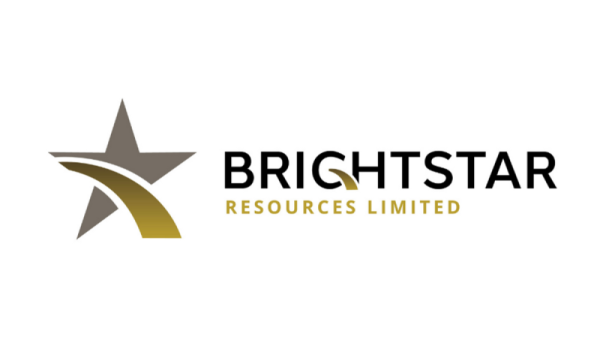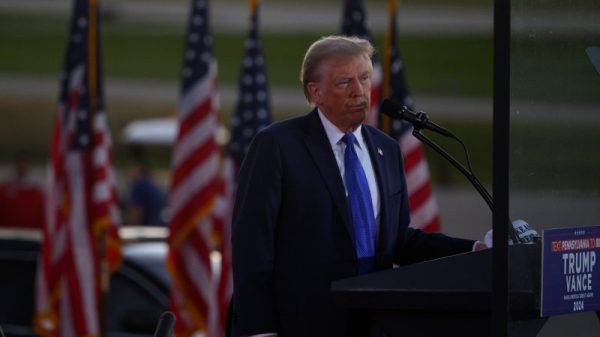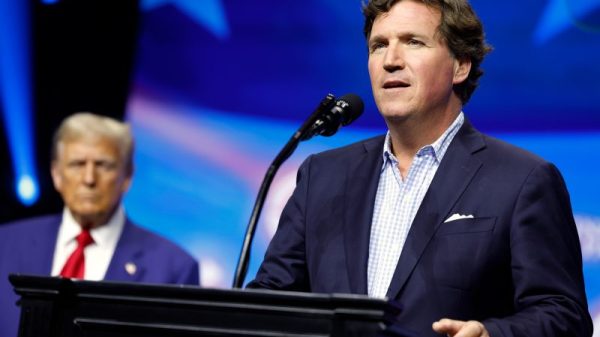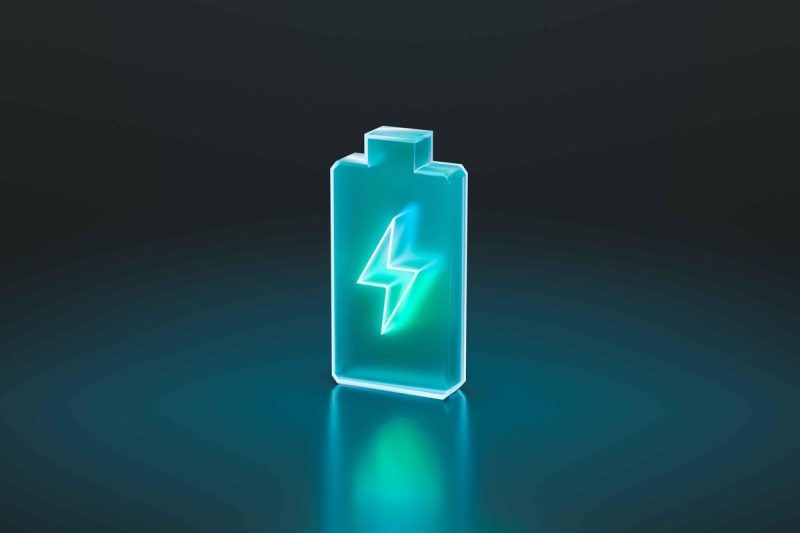In recent years, many countries around the world have pledged to stop the sale of internal combustion engine vehicles in favor of new energy vehicles, setting deadlines from 2030 to 2040. This has all but guaranteed significant long-term demand for lithium-ion batteries, and 2022 saw the metal reach all-time price highs due to these fundamentals.
Mining companies rose to the challenge of meeting that demand, restarting operations, ramping up production significantly or increasing their refining capacity. Additionally, established lithium juniors and newcomers to the space aggressively explored for new discoveries, with some finding success and moving projects towards production.
However, tides changed in 2023 and lithium prices plummeted over the course of the year.
In 2023, the lithium-mining market had a total value of US$5.7 billion, according to Research and Markets’ Lithium Mining: Global Markets report. While the sector has taken a hit, lithium’s long-term fundamentals haven’t changed, and the industry is expected to grow significantly over the coming years. The research firm anticipates it will see a compound annual growth rate of 10 percent through 2028 to reach US$9.1 billion.
What factors led to lithium’s price fall, and what major events took place in the sector last year? Find out more about the trends that affected the lithium space in 2023 below.
Lithium prices in focus
Lithium prices were already trending downward as 2023 began, and this continued through Q1 and early Q2. Price data supplied by Benchmark shows that the global weighted average lithium carbonate price was US$70,957 per metric ton (MT) on January 11; by May 3, it had fallen 50 percent to US$35,333.
The global economy was struggling, and the fight against inflation by central banks around the world resulted in higher interest rates for consumers, making big purchases such as new cars less attractive. Additionally, supply chain issues had previously led to wait lists for electric vehicle (EV) purchases, but as supply caught up with demand, inventories became overstocked. By the middle of 2023, EVs were piling up in lots.
China’s economy in particular was hit hard last year. The Asian country is both the largest EV market and the biggest player in the lithium-ion battery and EV supply chains, amplifying the effect of its struggles on the lithium market.
Lithium saw hope in the middle of the year as prices rebounded slightly in May, rising back up to a peak of US$45,131 by June 28 and holding over US$40,000 through July, according to Benchmark data. However, they resumed their fall in August, and had plummeted to US$17,265 as of December 13.
Battery manufacturers took advantage of the low price environment throughout the year, purchasing metal on the spot market as needed instead of stocking up in advance at higher prices.
While some have placed the blame on poor demand, Adams pushed back against the idea that this factor has caused lithium’s price struggles.
“Too many people are talking about demand weakness,” he said. “Demand is not weak. Indeed, given the interest rate environment, it has held up well and as interest pullback in 2024, demand should get another fillip. Right now it’s another case of supply running ahead of demand.”
Demand
So how did demand for lithium and EVs fare in 2023? The US Geological Survey’s (USGS) latest Mineral Commodity Summary report, released in January, estimates that global lithium consumption came in 27 percent higher year-on-year, amounting to 180,000 MT in 2023 compared to 142,000 MT in 2022.
“All regions have seen respectable demand growth rates, it’s just that the demand growth rates were lower than were seen in 2022, but growth in the 20-30% (range) is still healthy growth,” Adams said. “The weak market condition is more about oversupply as a result of too much capacity being commissioned in too short a time frame (as was seen in 2018).”
EVs are the largest driving force for lithium demand by far — the lithium-ion batteries that power them accounted for 87 percent of lithium demand in 2023, dwarfing all other categories. According to Rho Motion, last year global sales of plug-in fully electric and hybrid vehicles totaled 13.6 million, an increase of 31 percent over 2022. This was a drop from the 60 percent growth seen in 2022, but Rho Motion Data Manager Charles Lester told Reuters that it’s expected in growing markets. “You can’t double every year,” he said.
While the majority of EV sales came from China, sales in the country were only up by 15 percent. The biggest increase by far was seen in Canada and the US, which were both up by 50 percent; sales in Europe were up by 27 percent.
There are significant differences between the markets. The Chinese market is dominated by lithium-iron-phosphate (LFP) batteries, and the North American and European markets are dominated by nickel-cobalt-manganese (NCM) batteries. LFP batteries are more affordable and avoid the use of nickel and cobalt, two metals whose extraction causes both environmental and human rights concerns, but the batteries are less powerful with shorter ranges.
“Range anxiety is especially a concern amongst prospective EV buyers in North America, so that may be a barrier to the growth of LFP in that market until further advances in range are made with the chemistry,” Megginson said.
Supply
As Adams stated, oversupply has had a large impact on the lithium story. In November, GlobalData reported that it was expecting lithium production in 2023 to come in at 170,800 MT, up 31.2 percent over the prior year. The USGS estimates that total production ultimately reached 180,000 MT for the full year.
As mentioned, there has been a big push to bring new lithium supply online to keep up with long-term demand. Governments in the US and Canada have both been working to build domestic supply chains with funding and incentives for companies in the space, such as the US’ Bipartisan Infrastructure Law and Inflation Reduction Act, which took effect in 2022.
As for Canada, the country increased its lithium output from 520 MT in 2022 to 3,400 MT in 2023 after Sayona Quebec, a joint venture between Sayona Mining (ASX:SYA,OTCQB:SYAXF) and Piedmont Lithium (ASX:PLL,NYSE:PLL), brought the North American Lithium mine back online.
North America is far from alone in building out its lithium supply. According to Benchmark, the biggest sources of additional production in 2023 were Australia, China and Africa.
Zimbabwe, Africa’s largest producer of lithium, introduced a ban on exports of raw lithium at the end of 2022, meaning the mineral must be processed into higher-value forms before it can be exported. The country’s lithium mining and processing grew significantly in 2023; according to the USGS, commercial production alone increased by 230 percent last year, rising from 1,030 MT in 2022 to 3,400 MT of contained lithium.
Several Zimbabwe operations entered production last year, including lithium concentrate production at Lonosphere Investment’s factory in Harare, which was targeted at 36,000 MT of lithium concentrate in 2023, and pilot production of spodumene concentrate at Premier African Minerals’ (LSE:PREM) Zulu lithium-tantalum project.
Zimbabwe has also seen significant investment from Chinese companies. For example, Zhejiang Huayou Cobalt (SZSE:603799) brought the processing plant at its Arcadia open-pit mine in Zimbabwe into production in 2023 with an annual production capacity of 50,000 MT of lithium carbonate equivalent per year. Chengxin Lithium Group’s (SZSE:002240) Sabi Star lithium-tantalum mine began trial production last May, with planned annual lithium concentrate production of about 200,000 MT.
China itself raised its domestic contained lithium production from 22,600 MT to 33,000 MT during the period, according to the USGS.
As for top-producing country Australia, whose production rose from 74,700 MT to 86,000 MT, multiple operations raised production during the year. Additionally, Core Lithium (ASX:CXO,OTC Pink:CXOXF) brought its Finniss lithium operation in Australia’s Northern Territory online in February 2023, and the company produced 67,853 MT of spodumene concentrate by the end of the calendar year.
However, Core made the decision to suspend mining operations at Finniss in January due to low spodumene prices, and said it will instead focus on processing its existing stockpiles of 280,000 MT of ore, which will be enough to feed its concentrator through the middle of the year.
Supply cuts begin
Core Lithium wasn’t the only company to cut its lithium supply or plans in 2023, and this trend is likely to continue to some extent in 2024.
“We have definitely seen a chilling out of investment interest now that chemicals prices this year have fallen over 80% from last year’s peak — some of the more marginal projects predicated on elevated prevailing prices are likely to drop out of the market,” Megginson said. “That being said, political and regulatory support for localising supply chains in both Europe and especially North America is still robust. So while the direction is still there, the more bearish price environment will slow the pace.”
This has extended to some larger operations as well, which was the biggest surprise of the year for CRU Group’s Martin Jackson.
Western Australia’s Greenbushes hard-rock mine is operated by Talison Lithium, which is a joint venture between Albemarle, IGO (ASX:IGO,OTC Pink:IPGDF) and Tianqi Lithium (SZSE:002466). In November, Albemarle shared that the partners were considering dialing back their growth plans and production at Greenbushes. The latter came true at the end of January, when IGO announced production guidance of 1.3 million to 1.4 million MT of lithium spodumene concentrate, down 100,000 MT.
Regulatory changes, mergers and acquisitions
As for Chile-based SQM, the company was in a difficult position last year after the country announced its National Lithium Strategy in April. The plan will see Chile increase its involvement in and speed the development of its lithium industry through its state mining company Codelco, including through implementing public-private partnerships for future lithium contracts and projects.
Chile entered talks to renegotiate existing contracts with SQM and Albemarle, which are currently the only two producing companies in the country, with conditions including payments to the state and keeping research and development in the country.
At the end of December, SQM came to an agreement with Codelco to dissolve its current contract, which expired in 2030. Instead, the companies have signed a memorandum of understanding that will see Codelco and SQM form a joint venture company to own the Salar de Atacama operation, with the entities owning 50 percent plus one share and 50 percent minus one share, respectively. In exchange, SQM’s extraction cap will be raised by 300,000 MT of lithium carbonate equivalent and extend operations through 2060.
That wasn’t the only agreement Codelco made in 2023. In October, development-stage company Lithium Power International (ASX:LPI) announced that it had officially entered into a binding scheme implementation deed in which the state mining company will acquire 100 percent of its shares at a price of AU$0.57 each, and on January 23 shareholders voted in favor of the transaction.
Another significant merger took place last year when lithium majors Livent and Allkem completed a merger of equals to form Arcadium Lithium (NYSE:ALTM). The combined company, which began trading at the start of 2024, has a production capacity of 99,500 MT of lithium carbonate equivalent and a portfolio of operations and development projects in Argentina, the US, Canada, Japan and Europe.
Albemarle made its own moves in the space when it put forth a series of offers for Australia’s development-stage Liontown Resources (ASX:LTR). Although Liontown approved the final bid of AU$3 per share, Albemarle ultimately withdrew its offer, citing “growing complexities.”
One of those complexities was iron ore giant Hancock Prospecting, owned by Australia’s richest person, Gina Rinehart. Rinehart acquired a 19.9 percent stake in Liontown while Albemarle’s acquisition was on the table, enough to block the deal from going through. Albemarle has since stated that the lithium price was another reason it backed out of the deal, and has said it will be pausing its M&A hunt due to the difficult market.
Rinehart’s company has continued to make deals in the lithium space, including more recently joining SQM in a AU$1.7 billion bid to jointly acquire Azure Minerals (ASX:AZS) at AU$3.70 per share. Azure is advancing its Andover lithium project, which also hosts nickel, copper and cobalt mineralization, in Western Australia’s West Pilbara region.
Investor takeaway
Last year was a difficult one for the lithium market, as the highs of 2022 fell under pressure from a difficult economic climate and oversupply. As many lithium companies are changing their strategies in response to low prices, the supply pull back could help support price gains. Low materials prices could also support the affordability of the end product for consumers.
With political support and pledges in place for a continued electric vehicle build out, this may end up just being growing pains for the industry. For those who believe it will turn around and are looking to enter the space now, lower share prices for lithium companies provide a cheaper entry point than the highs of 2022, but as always, due diligence is necessary — particularly in a time when companies are restructuring and reevaluating their plans.
Securities Disclosure: I, Lauren Kelly, hold no direct investment interest in any company mentioned in this article.


















